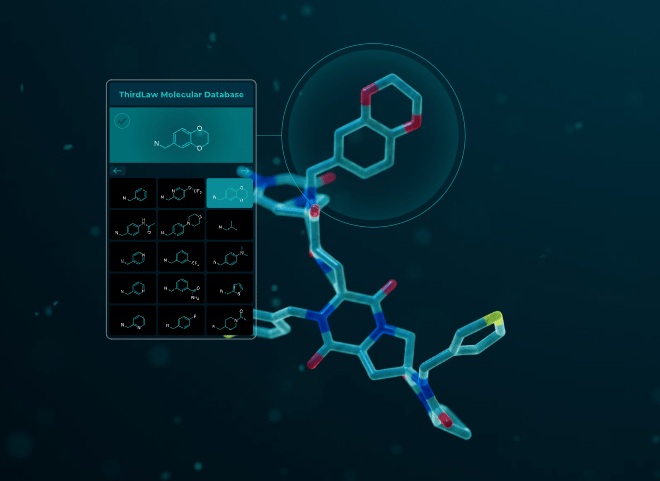
✅ Repairing damage with a little bit of magic. ✅ A big bet on solving all diseases. ✅ Eat your berries - but don’t count on them. ✅ A new milestone for Verve Therapeutics. ✅ New database tracks longevity interventions. ✅ Replacing the brain without replacing you. ✅ Funny pictures.
🤙🏼 Want to connect? Add me on LinkedIn. 🙏🏼 Not subscribed to the LEVITY podcast on Youtube yet? Do it here. 🎧 More of a listener? The LEVITY podcast is also available on Spotify, Apple Podcasts and other places.

Repairing damage with a little bit of magic
You may have heard of British science fiction writer Arthur C. Clarke’s third law: Any sufficiently advanced technology is indistinguishable from magic. And as I’m trying to wrap my head around what startup ThirdLaw Molecular is doing, I begin to understand why it chose that name.
Because if they’re right, ThirdLaw has found a way to build molecules that can not only target previously ”undruggable” proteins - but maybe even reverse parts of the aging process that have stumped researchers for a long time.
Upgrade to LEVITY Premium for full access
Become a paying subscriber of LEVITY Premium to get access to this post and other Premium-only content.
UpgradeA Premium subscription gets you:
- Exclusive content
- Full access to the archive
- Ad-free experience
- My gratitude



